The utilities behind this project, FirstEnergy, American Electric Power and Dominion, have created a new shell company to own the projects. That company is calling itself Valley Link Transmission LLC.
Valley Link has recently filed a request for a rate template, financial incentives, and an 11.4% rate of return with the Federal Energy Regulatory Commission (FERC). While FERC has no permitting authority for the transmission line, it does have authority over its rates, which end up in our electric bills.
You can file a comment at FERC asking that they reject Valley Link’s request for more financial incentives and to adjust its rate template so it is just and reasonable. See sample comment letter that you can download below. You are encouraged to edit and personalize it. Please add your name, address, phone, email, and the date to your finished comment.
Filing your comment
You can upload it directly to FERC Online yourself. You will need to create an account and then follow the instructions.
If you’re having trouble navigating FERC’s online system to file your comment, forward your comment to [email protected] via email and she will upload your comments to FERC in a consolidated filing of comments.
If you’d rather mail your comment, send to the address in the sample letter. Take note that letters sent via U.S. mail take a long time to be processed.
FERC has set a comment and intervention deadline of April 4. However, FERC will not be deciding on this matter until at least May 14, so if you are not intervening feel free to continue to send your comments until mid-May.
Thanks for speaking out! It’s all about the money for these companies, and all their spending ends up in our electric bills!
| ferc_incentives_letter.pdf |
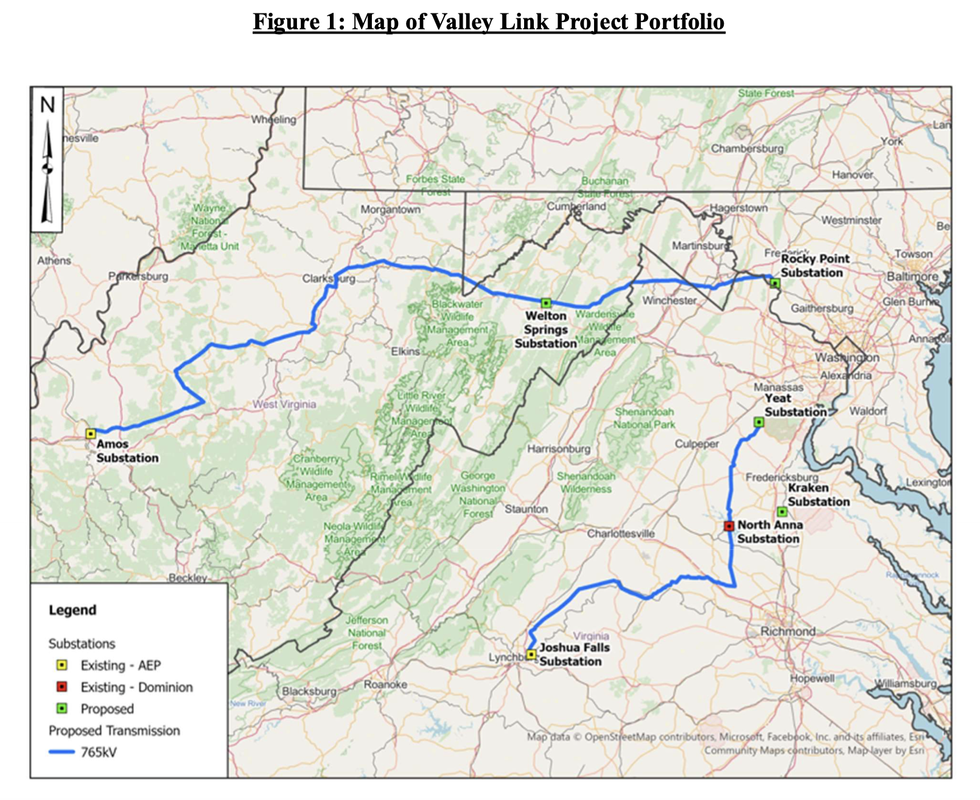
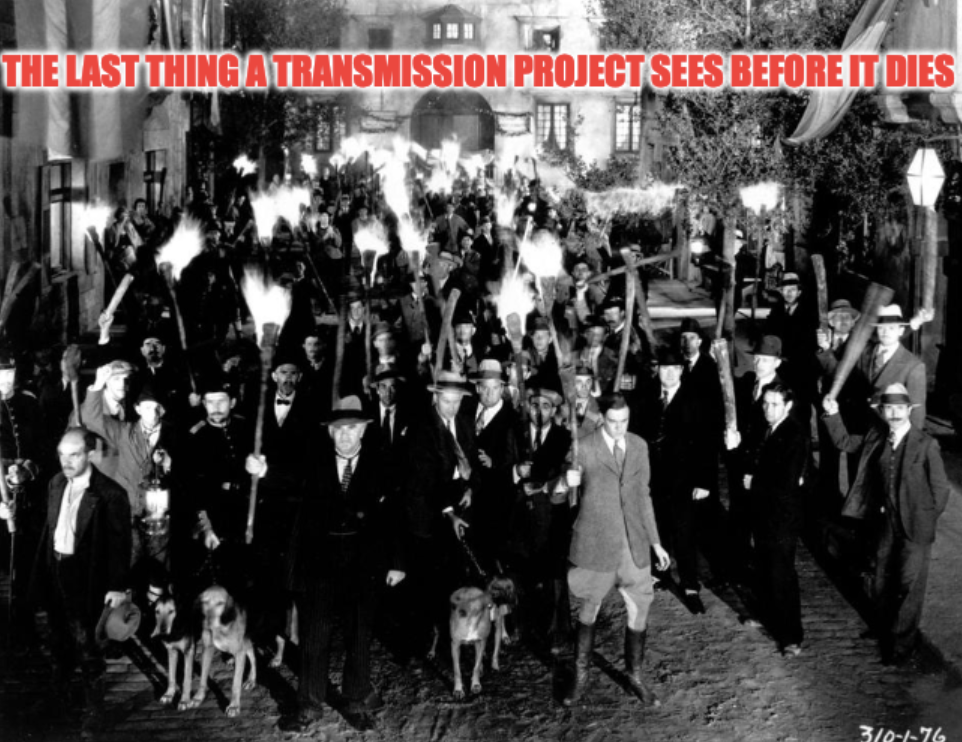
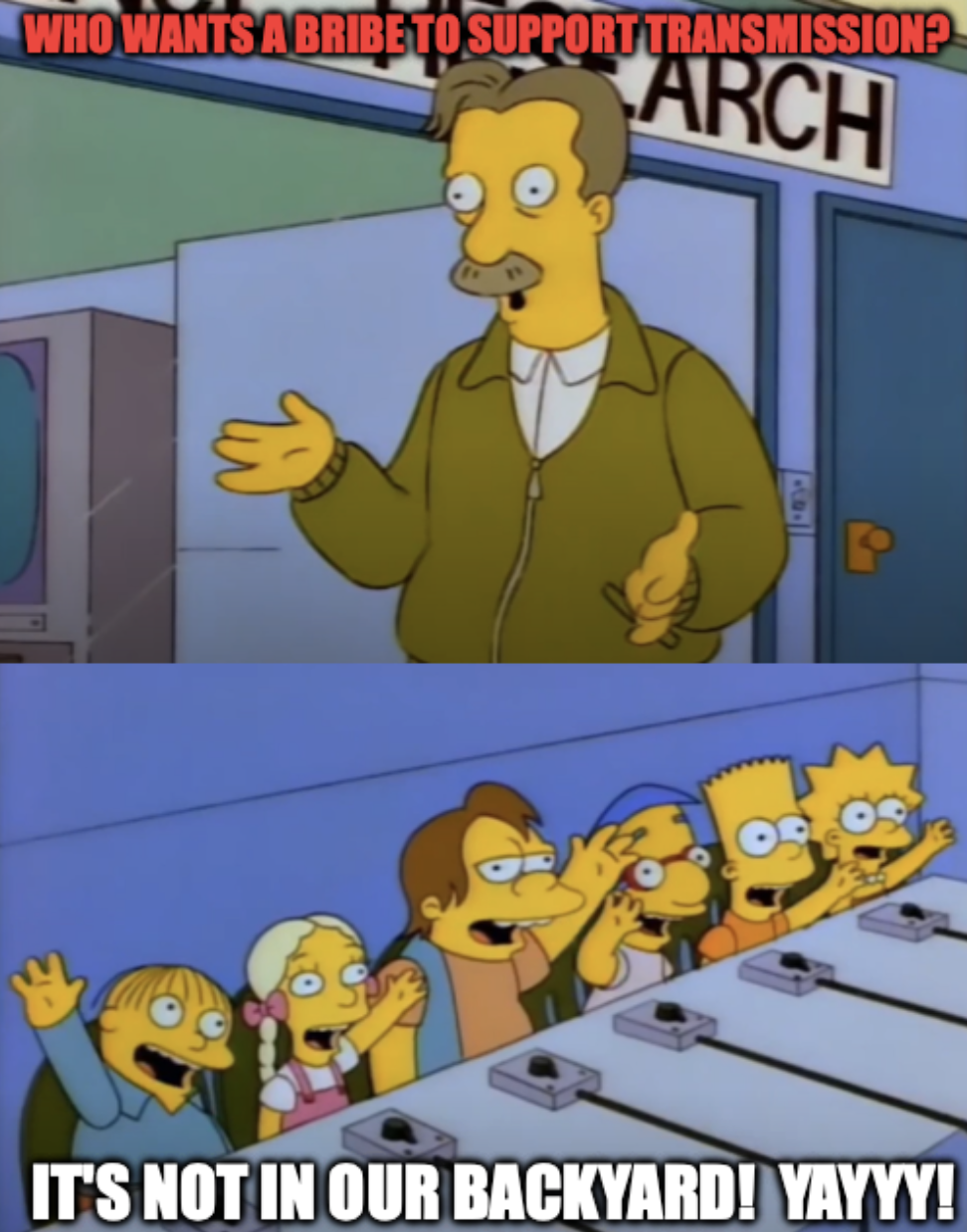

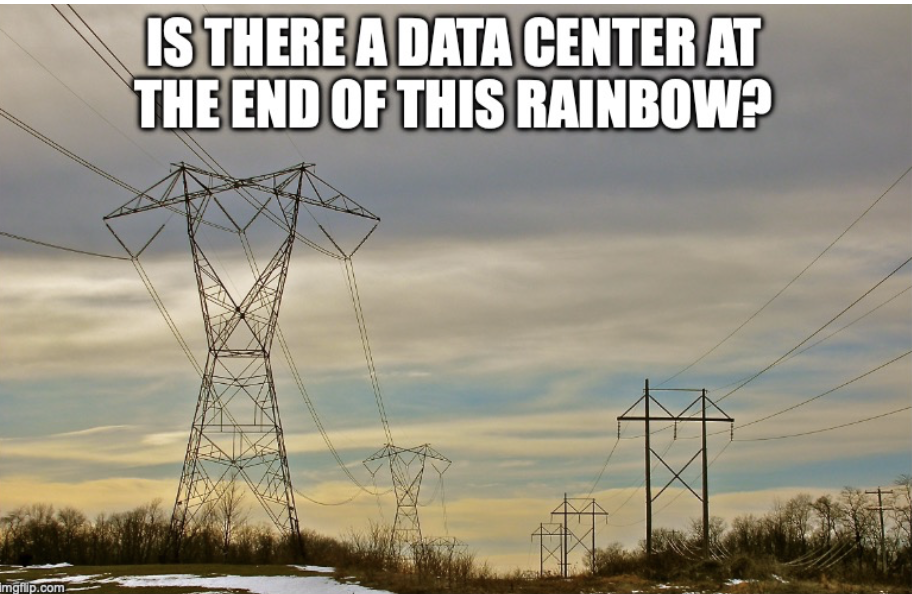
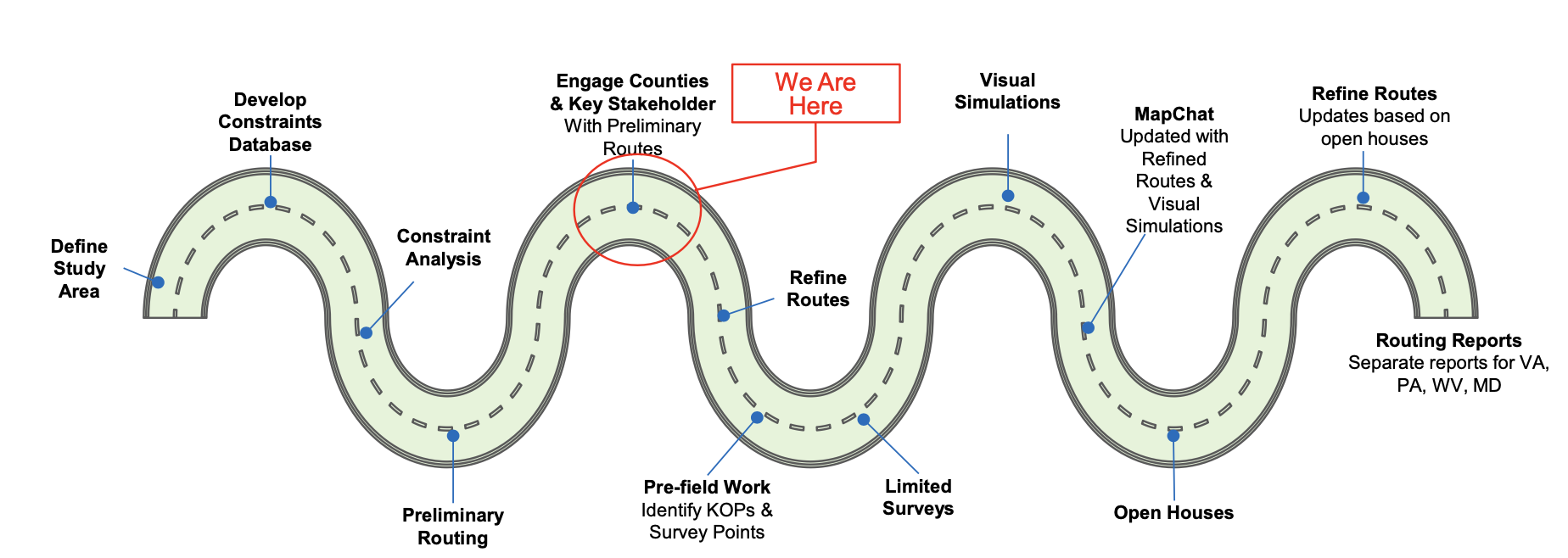
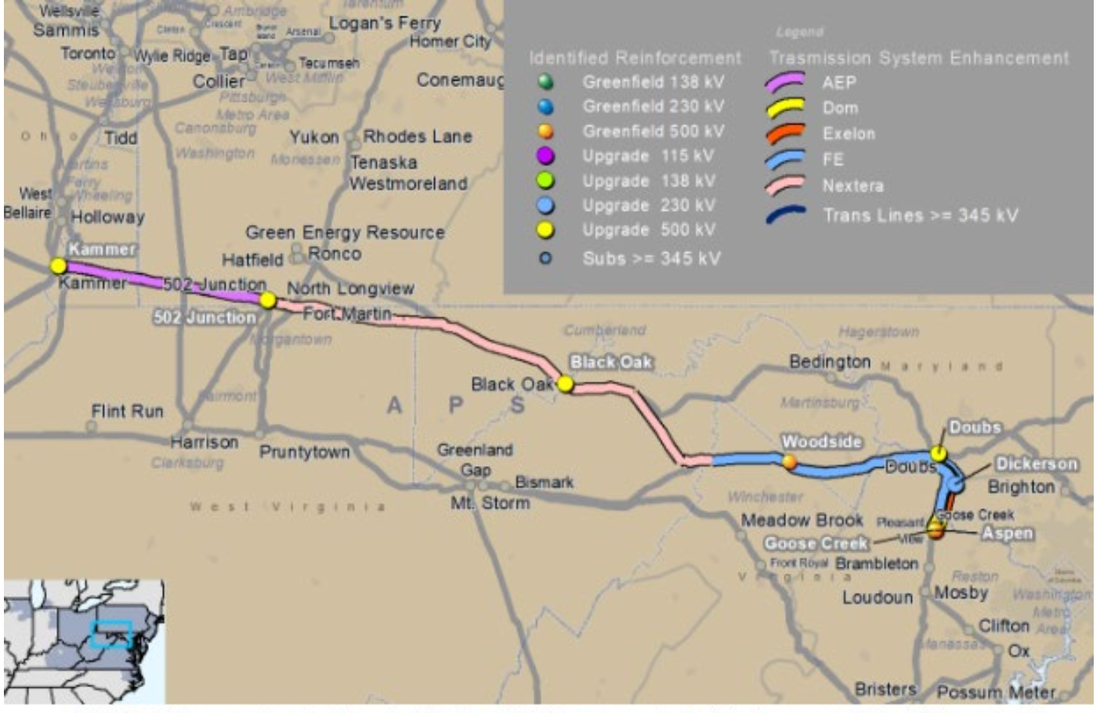
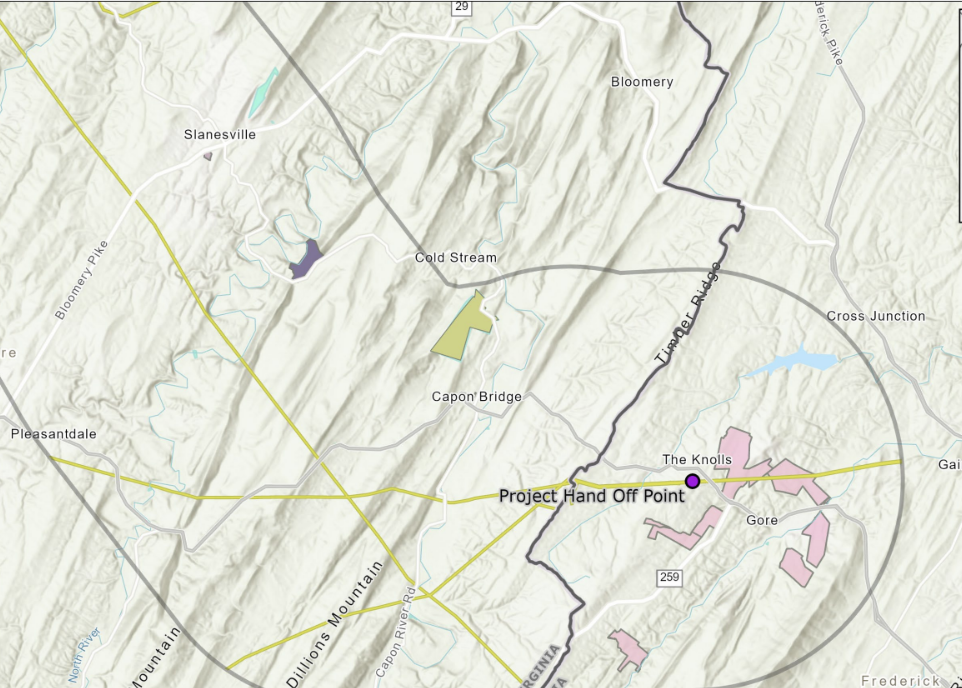
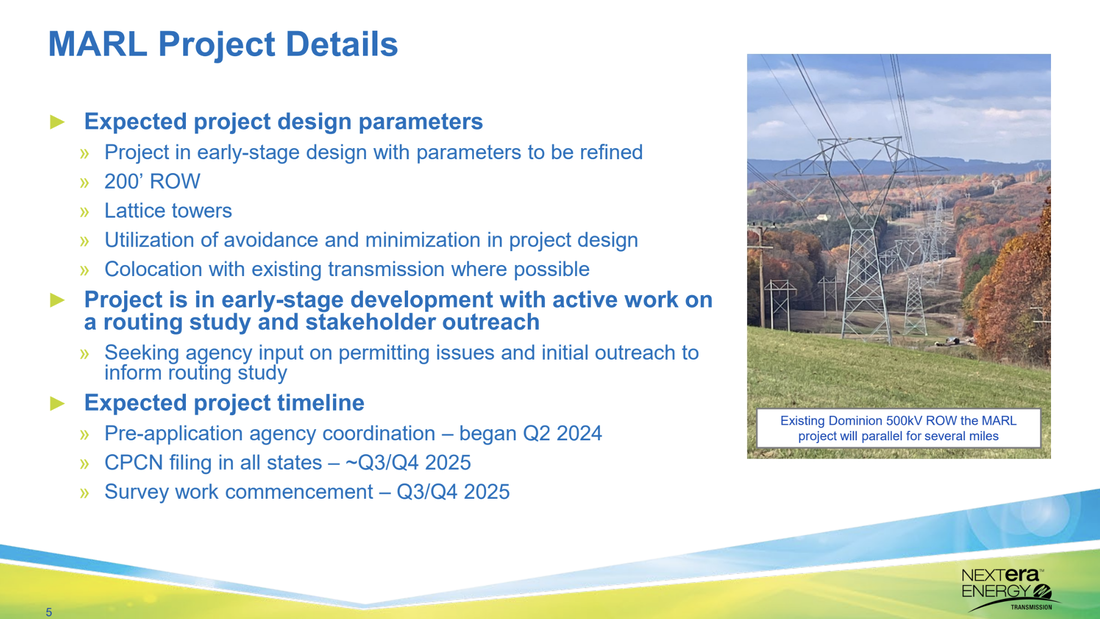
 RSS Feed
RSS Feed